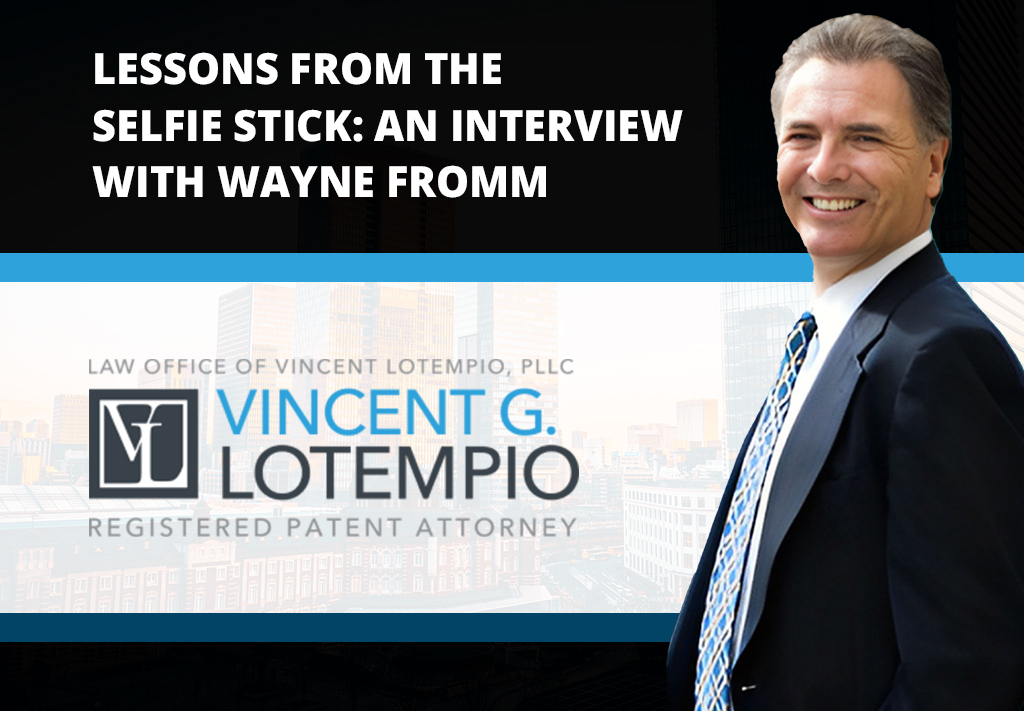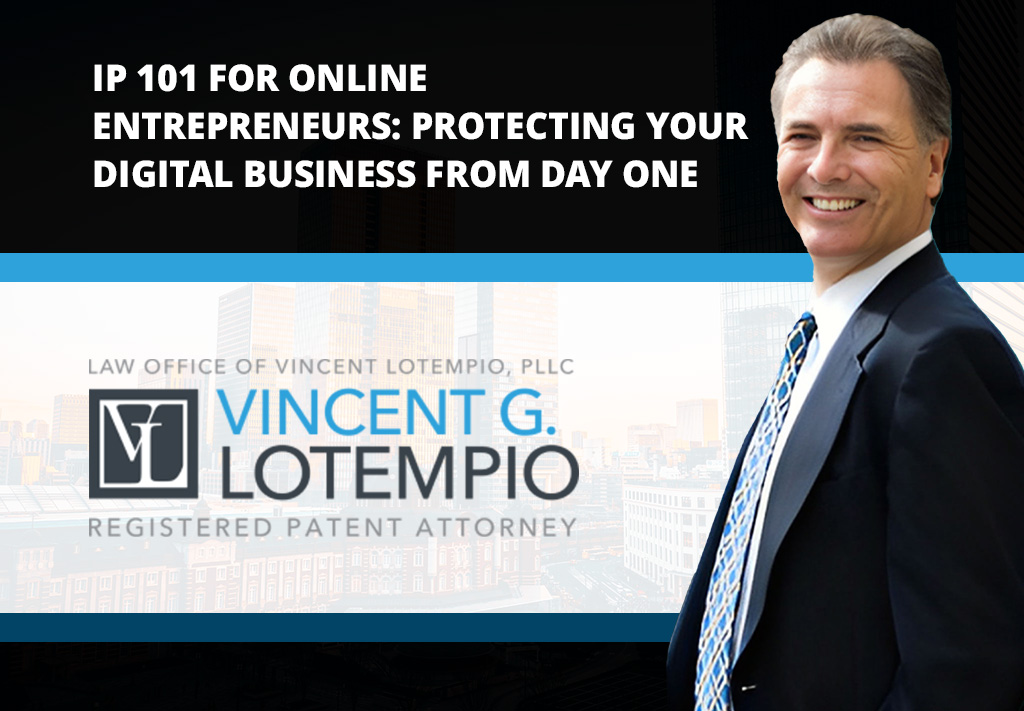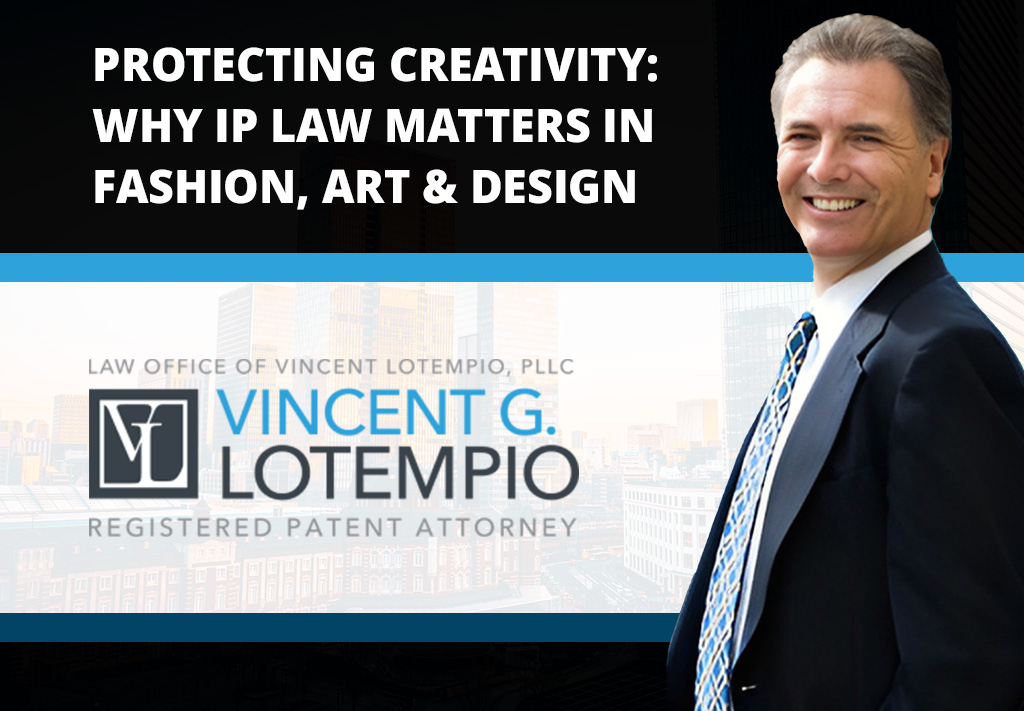Described by The New York Times as “a craze to rival the Hula-Hoop, and even less explicable,” the Pet Rock made Inventor Gary Dahl a millionaire. The secret to his success? According to Newsweek, the success of the Pet Rock was due to “one of the most ridiculously successful marketing schemes ever.”
In addition to legally protecting good ideas, inventors and entrepreneurs also seek advice on how to start the marketing process. To this end, we interviewed Mr. Jerry Boye, owner of Boye Creative Group LLC, for insight on how to create a brand, develop a corporate identity and market good ideas.
1. Please tell us a little about yourself and about the services that Boye Creative Group LLC provides.
My background is in copywriting, music, and voice acting. However, having worked closely with graphic designers, web designers, photographers, videographers, and printers over the past 12+ years has given me unique insight into commercial art. My role in the business is now mainly split between account executive, copywriter, and de facto art director.
Boye Creative Group LLC has quite the laundry list of products/services. We began primarily creating logos, brochures, mail pieces, and identity collateral (i.e., business cards, letterhead, envelopes, etc.). We would do the design layouts and copywriting—then, broker the printing through our network of wholesalers. Eventually, when stock photos just wouldn’t do, we began hiring photographers for staff and facility shoots. Eventually, we connected with other creative professionals and were able to expand our products to include responsive websites, TV/radio ads, videos, jingles, creative tee shirts, and other things you’ll find on our website: BoyeCreativeGroup.com
2. What 3 pieces of advice do you have for inventors and entrepreneurs who wish to develop and maintain a corporate identity?
1). Keep it Simple
All great logos are elegant in that they convey more with less. They also need to work well on a variety of media. For instance, your logo needs to look just as good and be just as legible on a billboard as it is on a business card. So, embrace simplicity and make your logo both attractive and easy to comprehend—which brings me to my next piece of advice:
2). Trust the Professionals!
We had a client several years ago who wanted to overcomplicate his logo by adding 10 words to it. It’s OK to position a tagline or a statement near a logo without it becoming part of the logo, but adding too many words to a logo can clutter it and keep it from being legible in a smaller format such as an envelope design (not to mention on a promotional pen). I tried to explain to our client that his logo was not a town seal and needed to work on a variety of media. I proposed limiting the text, but he insisted on adding all 10 words. He told me, “You’re the professional; you figure it out!”
3). Be Consistent
Large organizations often require their design firms to provide them with extensive style guides outlining all of the acceptable logo formats, colors, fonts, and other graphic elements to be used in all marketing materials in order to maintain consistency. Why? Because maintaining consistency means maintaining consumer confidence. Organizations spend a lot of money building their brands and inconsistencies tend to cheapen them in the minds of consumers. We become used to our favorite brands. We love them. And we don’t want them messed with. For instance, nobody appreciated it when the Buffalo Sabres changed their emblem to the “banana slug.”
3. Do you have a favorite branding project, jingle, commercial or other work? Why is it your favorite?
Every project has a story and I’m really proud of our work as a whole—we have really talented people working with us. If I had to choose, I’d say my current favorite is the jingle/radio commercial we created for Campfire Grill. The project allowed me to collaborate with one of my best friends, Vince Parlato—who is a very talented and accomplished musician and law student. I had the chance to write, sing, and even act along side my sister who lent her voice to the female role in the ad. The jingle was based on the old Girl Scout campfire songs which always incorporated call-and-response singing and handclapping. Fun stuff.
4. What are the benefits of working with a professional brander when developing a corporate identity?
Professional branders do market research and understand their customers’ target demographics. They also have the artistic prowess to create one-of-a-kind brands that resonate well with the public.
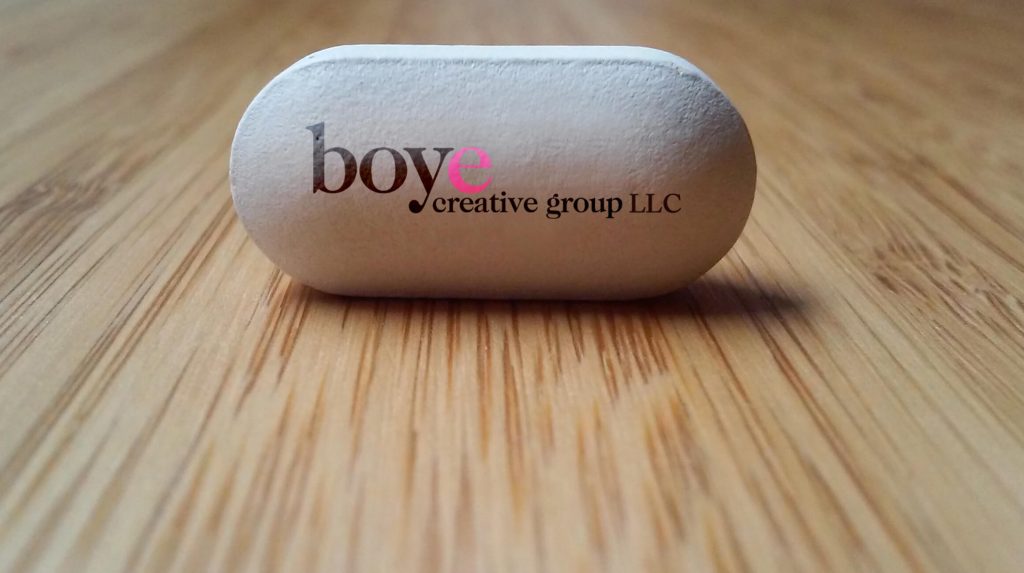
5. Can you talk us through the process? What is the first step in developing a corporate identity? What are the next steps?
It all starts with a “Discovery Meeting” where we sit down with the client and learn as much as possible about their business and clientele. We then formulate a list of criteria for our designers to follow in the first stage of the design process (putting multiple designers on a logo project insures that the preliminary round of logo “roughs” will be varied and not limited to a particular designer’s style). These logo roughs are almost always done in black and white or grayscale. Although, sometimes a designer will get a sudden spark of inspiration and decide to do one in color.We present our client with the logo roughs and ask them to give us their thoughts as to what elements they like and don’t like. Sometimes a logo will be chosen outright, in which case we move right to the color stage. Other times, a client may ask us to combine elements from different logo designs, change or adjust fonts, try a new direction, and so on. We allow several rounds of revisions in this process.
Eventually, we move to the color stage and present our client with several color variations from which to choose. Again, some of our clients may see something they like right off the bat while others ask to see different combinations of colors taken from the different versions. Eventually, our client gives us their final approval and we present them with their finished logo in multiple digital formats for use in print and web. It’s important to note here that the colors you see on your computer screen may look slightly different on another person’s screen since everybody’s monitor is calibrated differently. There is also a difference between the way colors appear online and how they appear in print due to the various color modes. That said, always request a proof from your commercial printer before pulling the trigger on a large or expensive print run.
6. What are the most common questions and concerns that individuals or corporate entities have when developing a corporate identity? How do you address these concerns?
People have all sorts of concerns whenever they purchase creative work, especially corporate identity. It’s not easy to commit to a new image, something that will become the face of your organization for the foreseeable future. Generally speaking, the more decision-makers who have creative control over a project—the longer the approval process will take. This is especially true of “tweakers” who like to make endless/tiny adjustments. Although, you may occasional find an owner-operator who becomes so overwhelmed that they temporarily abandon a project until they resolve other things in their life. What we’ve come to understand is that we’re all human and need to feel reassured that we are making the right decision. That’s why asking around and getting a consensus is so important. Show your preliminary logo designs to friends, family members, your customers, and especially strangers.
7. What happens once a logo is designed or a commercial is filmed? Do you have any suggestions for introducing the brand to the marketplace?
As always, TV is king! That’s why it’s still the most expensive medium. Talk radio is good too for certain demographics—since talk radio listeners are less likely to switch stations when a commercial comes on. However, the best thing to do is find out where your customers spend most of their time—then market to them there.
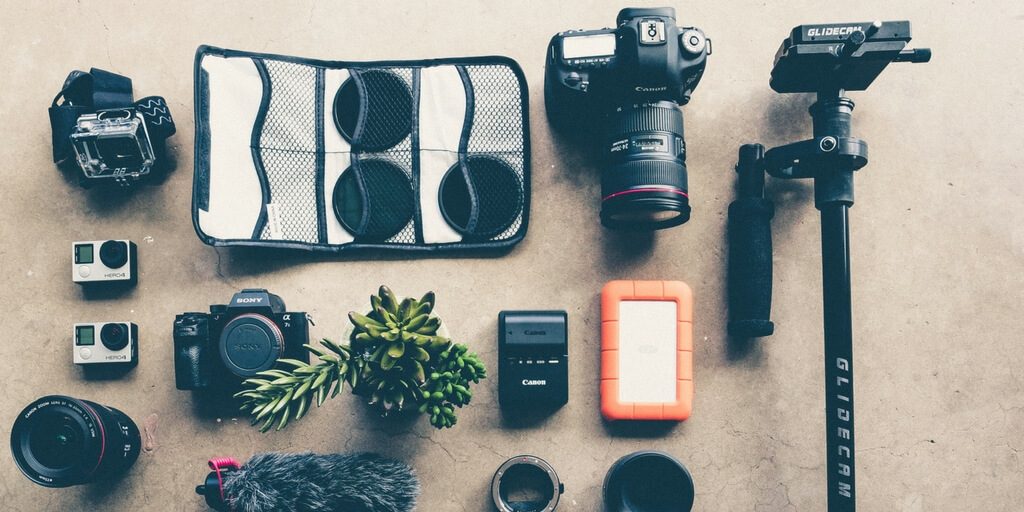
8. What are the pros and cons of creating online marketing materials? What are the pros and cons of creating printed marketing materials?
Online marketing materials like websites, blogs, social media pages, and videos are great because the information stays around indefinitely. The only problem is that there are now so many businesses online that it’s getting harder and harder to be found. Paid and organic SEO can solve this problem for your business. I know a guy who just tripled his business in a couple of months using pay-per-click advertising. You just have to factor in what percentage of visitors to your website are likely to buy from you, how much they will spend, and how much you can afford/justify to pay per click.
On the other hand, printed marketing materials are still great. They don’t tend to stay around as long as digital media, but they work really well at face-to-face interactions with clients or as an easy way to respond to information requests. Mass mailings are still effective, but it’s a numbers game. On average, you’ll get a 1-3% return on your investment so you’ll need to send out a lot of mailers. The cost of printing goes down with quantity and bulk postage rates will save you
money, but your product needs to be a real moneymaker because you might need to touch your demographic three times before they decide to buy from you.
I believe that most businesses can benefit from having both a website and some form of brochure. More people are surfing the web each day, while there are still many of us who like having something tangible to hold in our hands.
9. Do you have any questions that you think should be asked and answered?
Not at the moment, but I’d be happy to give my thoughts on any questions you have in the future.
10. Please provide any links to social media sites for Boye Creative Group LLC.
https://boyecreativegroup.com
https://www.youtube.com/results?search_query=boye+creative+group+llc
https://www.facebook.com/BoyeCreativeGroup/
https://www.linkedin.com/in/jerry-boye-b40b107/
https://www.linkedin.com/in/carrie-boye-roof-301a7a3/


